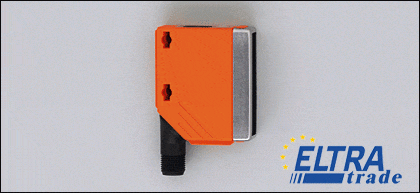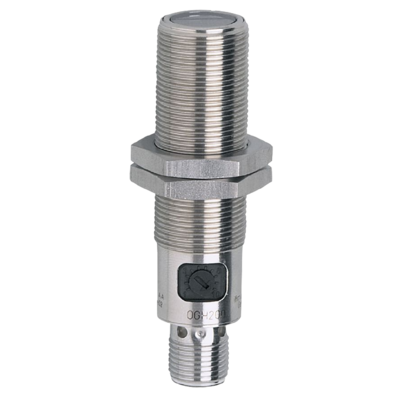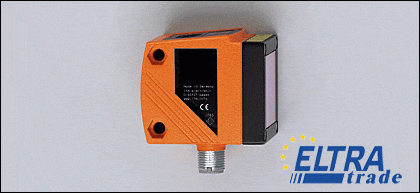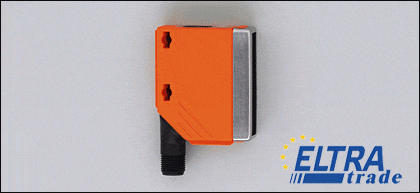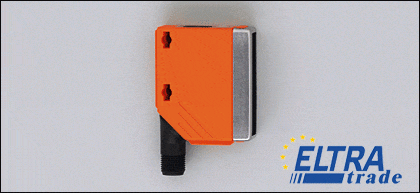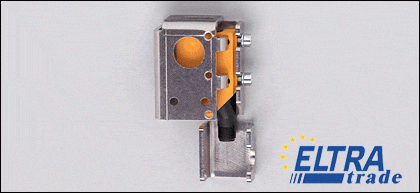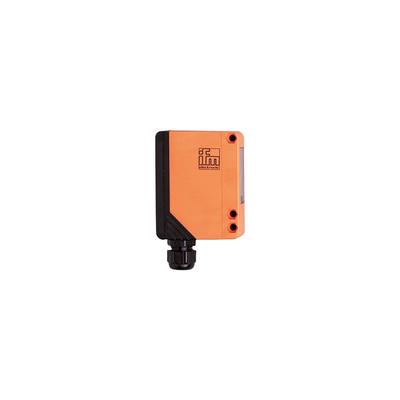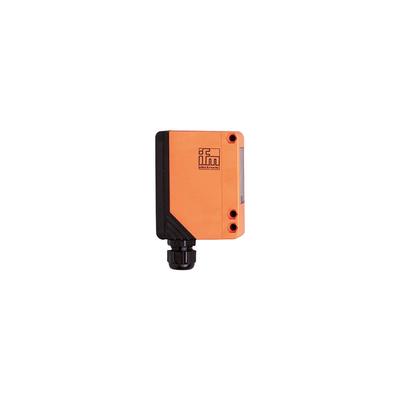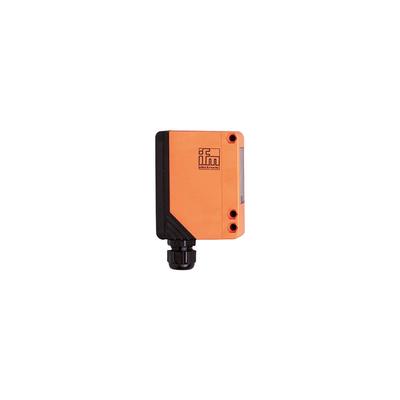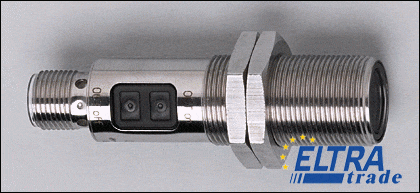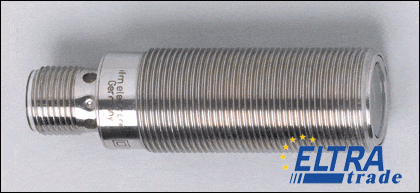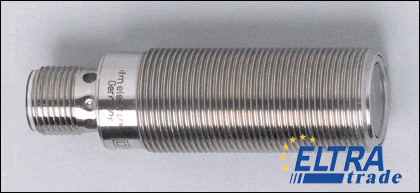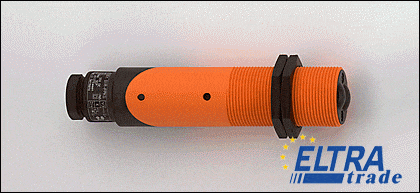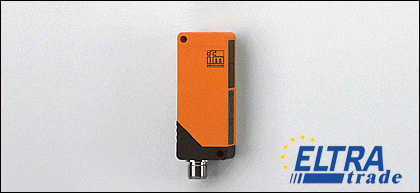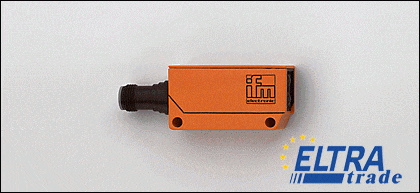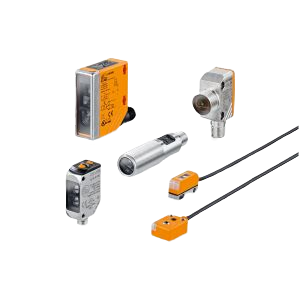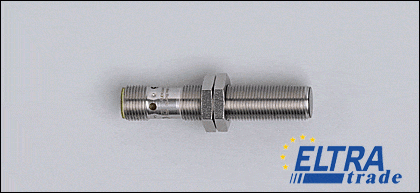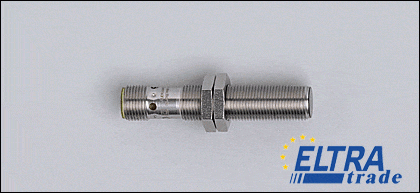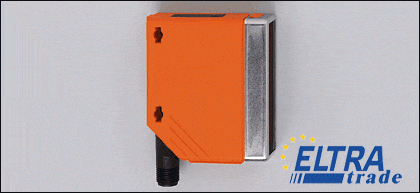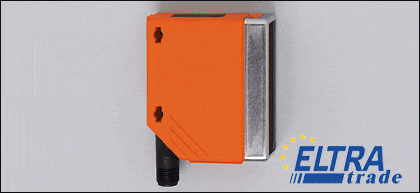IFM Photoelectric sensors
- Retro-reflective sensor
- Rectangular, plastics
- DC PNP
- Polarisation filter
- Connector
The ifm efector 200 is a versatile tool for object detection in industrial applications.
- Analog output
- Programmable
- Explosion-proof
Optical level sensor
Colour sensor, Rectangular, plastics, DC PNP/NPN, Colour detection in diffuse-reflection operation, Colour resolution adjustable, Automatic detection PNP/NPN, Teach function, Electronic lock, Connector
Diffuse reflection sensor
Retro-reflective sensor
Through-beam sensor
- Through-beam sensor
- Range 25...50 mm
- Operating voltage 20...250 AC/DC V
- relay
- terminals
- Retro-reflective sensor
- Range referred to prismatic reflector 0.25...10 mm
- Operating voltage 20...250 AC/DC V
- relay
- terminals
- Retro-reflective sensor
- Range referred to prismatic reflector 0.25...10 mm
- Operating voltage 20...250 AC/DC V
- relay
- terminals
- Retro-reflective sensor
- Range referred to prismatic reflector 0.2...8 mm
- Operating voltage 20...250 AC/DC V
- relay
- terminals
- polarisation filter
OAT-FKOA/T
- Diffuse reflection sensor
- Range 5...2750 mm
- Operating voltage 10...36 DC V
- PNP/NPN
- terminals
- Function check output
Diffuse reflection sensor
Retro-reflective sensor
Retro-reflective sensor
Retro-reflective sensor, M30 x 1.5, AC/DC, Polarisation filter, Terminals
Retro-reflective sensor
Diffuse reflection sensor, Rectangular, plastics, DC PNP, Connector
Retro-reflective sensor, Rectangular, plastics, DC PNP, Polarisation filter, Connector
Diffuse reflection sensor, Rectangular, plastics, DC PNP, Short ranges, Connector
ifm photocell
- Housing material: plastic, metal
- Temperature range: -40...+80 °C
- LED: infrared, visible red
- Switching frequency: up to 1000 Hz
- Analog output: 0...10 V, 4...20 mA
AREA SENSOR 10 SET T/R 2.5m
Diffusion optical sensor JAC201 IFM, M12 x 1, DC PNP, Gold-plated contacts, Connector, Sensing range 50 mm 20 mm on RAL9005 semi-gloss dark black
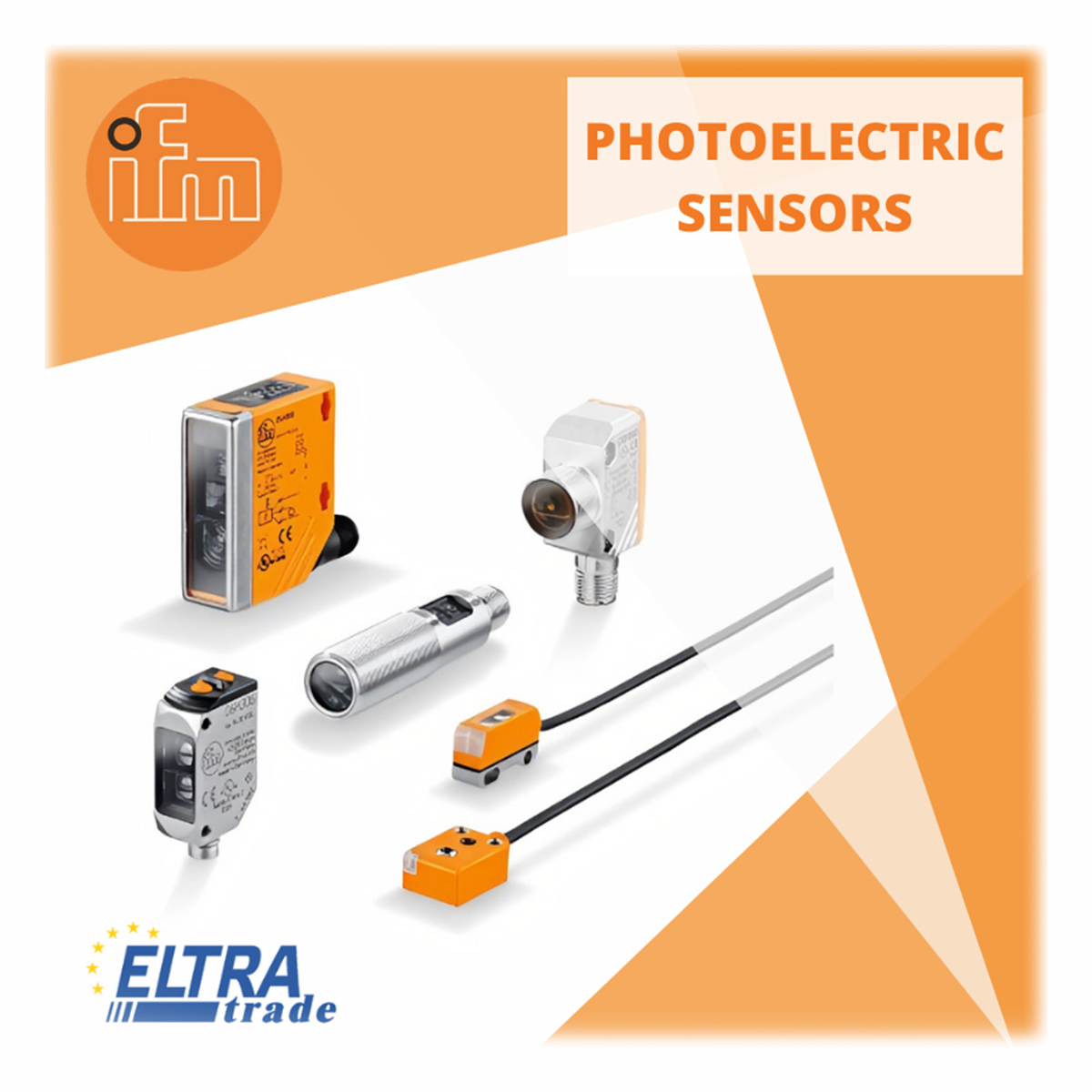
It is no longer possible to imagine automation technologies without photoelectric sensors in the form of “simulated lights”. They are gone where dependable and non-hookup determination of the surcharge state of objects is essential. The stuff of the detected object does not matter. Compared to inductive actuators, photoelectrical detectors have a lot larger response area.
What is a photoelectric sensor?
IFM photoelectric sensor is an optical electronic device, a non-contact sensor of a physical quantity that uses various types of photodetectors - a photodiode, a photoresistor, a thermal radiation detector, and so on.
How does it work?
Two devices are installed opposite each other, and when interacting, the emitter sends a beam that is perceived by the receiver. If any object crosses this beam, the device immediately sends a corresponding signal.
Principle of operation
Based on the conversion of the ultraviolet radiation flux and the issuance of a signal (relay switching contacts, RS-485) of the presence / lack of the base torch blaze into the pot or process plant protection circuit in order to shut off the fuel supply to the burners in the absence of a flame Cross-beam sensors have a large diapason. The method composes of two individual compositions: a broadcaster and a allottee. Shine travels in only one route (from sender to addressee). Side aftermath in requests, like fug in the atmosphere, mud on amplifiers, vapor or fog, do not immediately interfere with system operation.
For retroreflective sensors, the transmitter and receiver are built into the same housing. With the help of a ejector, the missive illumination is returned to the receptacle. Reflector sensors without a polarizing filter work with infrared light, systems with a polarizing filter work with visible red light.
In industry, specialized devices such as photoelectric sensors are actively used, which allow the most accurate detection of an incoming object without the need for physical contact. They are used when installing various equipment, and also come in different types and differ in the principle of operation. You can choose a suitable device according to its properties, as well as taking into account the situation in which such a sensor will be used.
During their operation, IFM photo sensor takes three possible photoelectric effects, which depend on how the properties of the object change in the presence of changes in the level of illumination.
- The effects are external, when, under the influence of the received light energy, electrons fly out of the cathode of the lamp.
- Internal effects differ in that the resistance of a semiconductor depends on the level of illumination.
- The gate effect appears when there is a driving force that depends on the illumination.
Types of IFM photo sensors
IFM Electronic gmbh produces several types of photoelectric sensors:
- Though-beam
- Retro-reflective
- Diffuse reflection
Though-beam sensors consist of two key details: receiver and transmitter. A light beams get from transmitter to receiver (in one simple way). Such devices have a long range of measurements.
Retro-reflective sensors contains light source and receiver in one housing. A beam of red or infrared light due to a special reflector is directed towards the receiver. Such technology saves a space in narrow or cramped locations.
Diffuse reflection sensors have sensing parts in one package, like the previous ones. However, unlike retro reflective devices their optical signal reflects directly from an object. Therefore, there is no need to use additional details.
You can find photoelectric sensors of analog or discrete type.
1. With IFM analog laser sensor, the output signal can change in proportion to the available light level. Typically, such devices are used to create automatically controlled lighting elements.
2. IFM discrete laser sensor changes the value to a diametrically opposite indicator when a certain level of illumination is reached. They can perform all sorts of tasks on an existing production line and are widely used in industry.
Sensor characteristics
- Practical detection ability
- Range
- Beam Width
- Reaction time
- Supply voltage
- Sensor pointing angles
IFM offers wide range of photoelectric sensor, such as ogp500 ifm, ogh500, ifm efector 200, ogh580, ogp280 and other.
You can buy them in our online store. Just contact our manager to get the discount and the lowest price!
Eltra Trade is reliable supplier of IFM Electronic products. We have a wide catalog of prevented products from mini photoelectric sensor to equipment with high protection level with background suppression.
